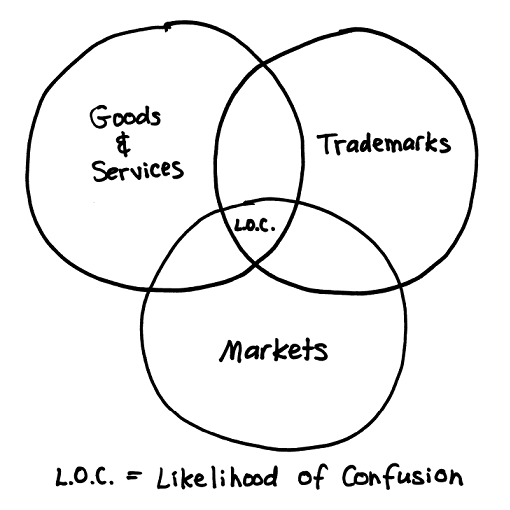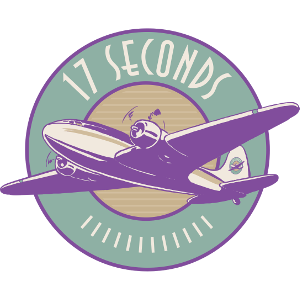17 Seconds #60 – A Publication For Clients And Other VIPs Of Clocktower.

In short, confusion is likely when:
- the goods/services are close enough,
- the trademarks are close enough, and
- the markets are close enough.
For example, imagine that one company makes a product called ACME SHOE STRETCHER that is used by shoe manufacturers to pre-stretch leather on the shoe assembly line. The product costs $50,000 and is sold exclusively at trade shows.
Now imagine that a second company has a product call the ACME SHOE FETCHER that is a piece of plastic that attaches to slippers so that a dog can fetch the slippers without gumming them up. The product costs $1.99 and is sold via infomercials.
- The goods are both shoe-related.
- The trademarks are nearly identical.
- But the markets are completely different.
So no likelihood of confusion.
The “moron in a hurry” test (yes, that’s its name) basically says that if a moron in a hurry is likely to be confused by two products, then confusion is likely. (As an aside, I can never tell if the presence of a confused moron amounts to “passing” or “failing” the test, but you get the point.)
This is, of course, an oversimplification of the law, but like art, trademark lawyers know “likelihood of confusion” when they see it!
17 Seconds is a publication for clients and other VIPs of Clocktower Law. Email version powered by MailChimp and the beat of a different keyboard player.



